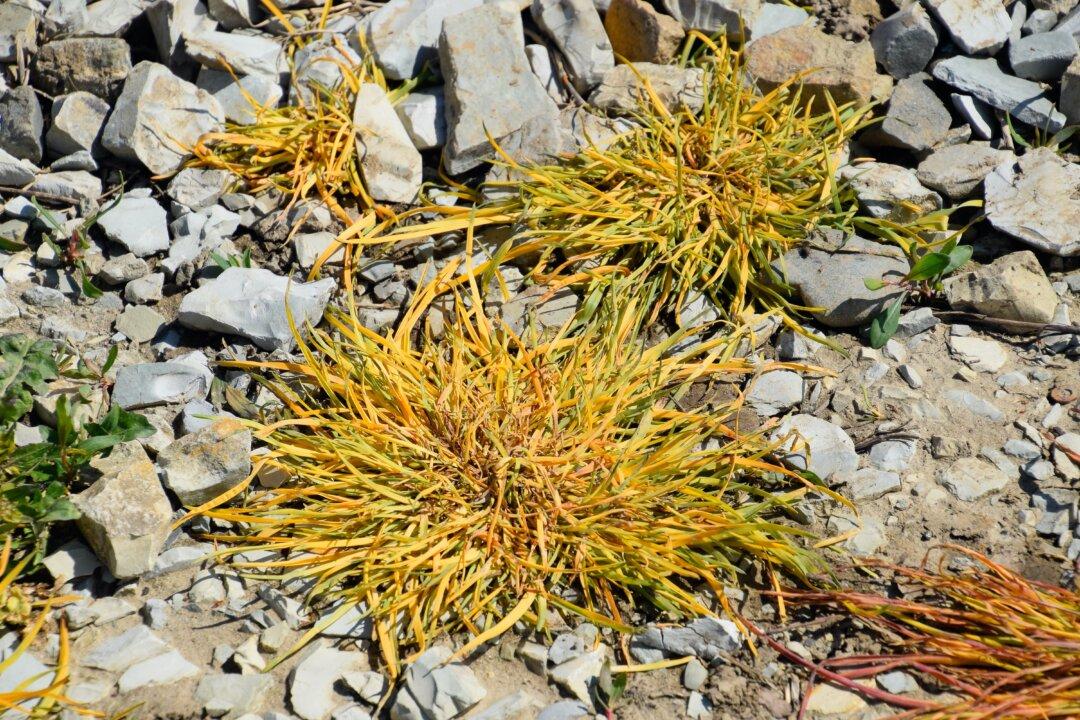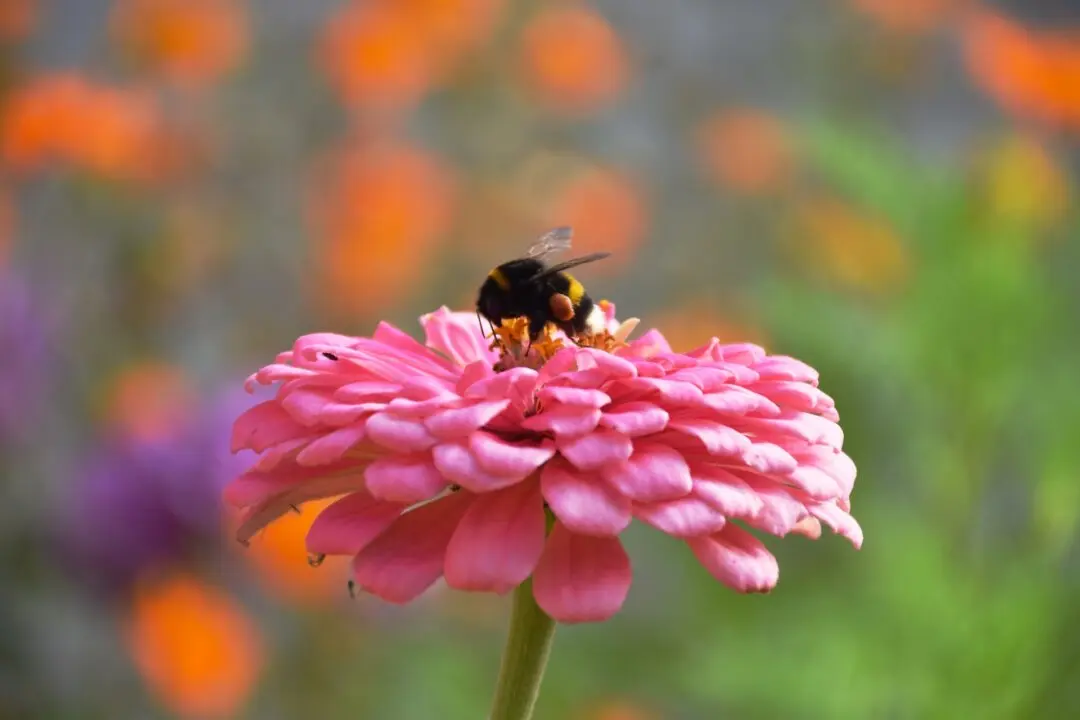Q: My neighbor and I share a fence line. Many weeds and small trees are growing between the two fences. My neighbor doesn’t like “chemicals” and wants to use a homemade concoction that to me is just a bunch of chemicals. I bought a weedkiller that says it works in 20 minutes and has soap as an active ingredient. It did kill some of the small plants and the leaves on the trees, but within a week the trees are sprouting out new growth all up and down the stem. It doesn’t seem to have worked very well, and I want to go back to using a regular herbicide. Do you have a suggestion for a chemical-free weedkiller?
A: Sure, use the most organic weedkiller out there. Use a carbon-based life form to pull the weeds. In other words, pull them yourself or at least cut them down so that you are just dealing with small sprouts and not whole trees.





